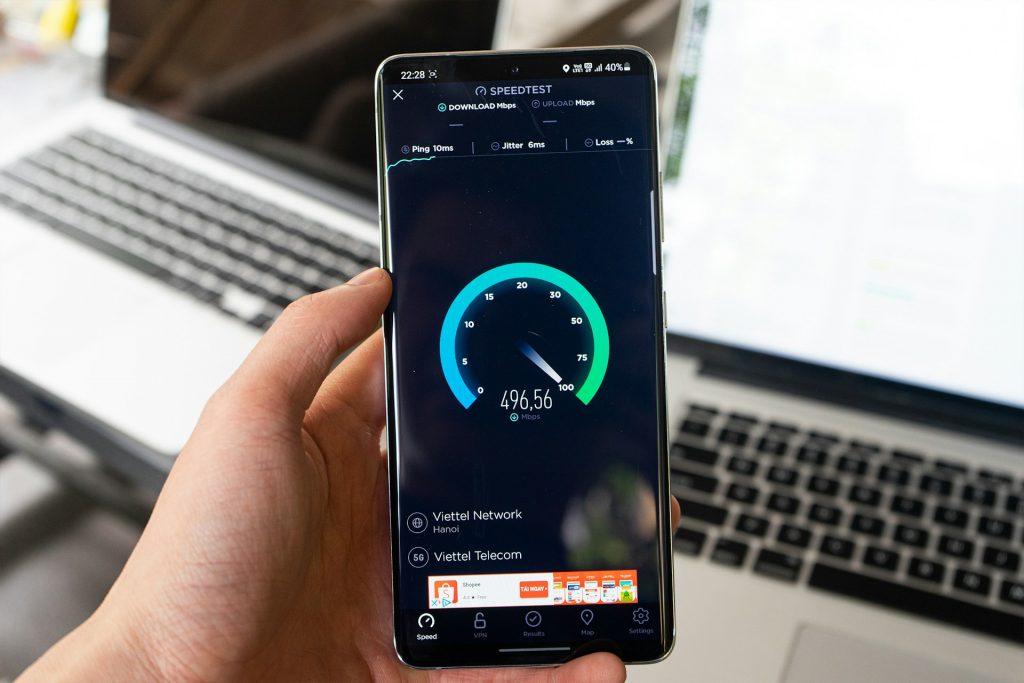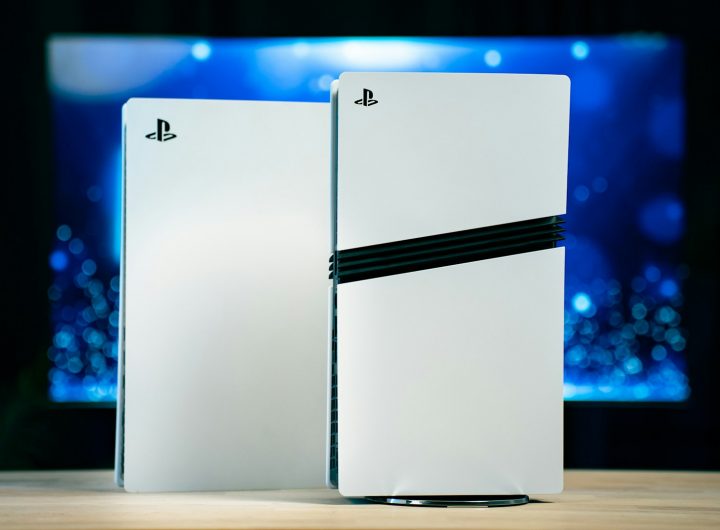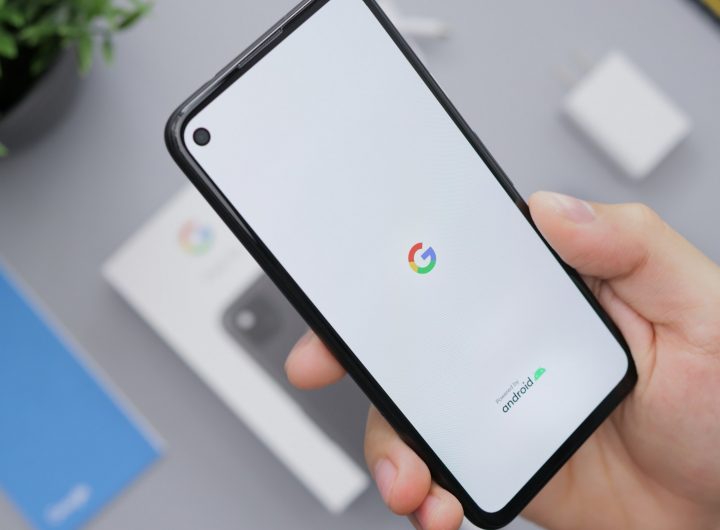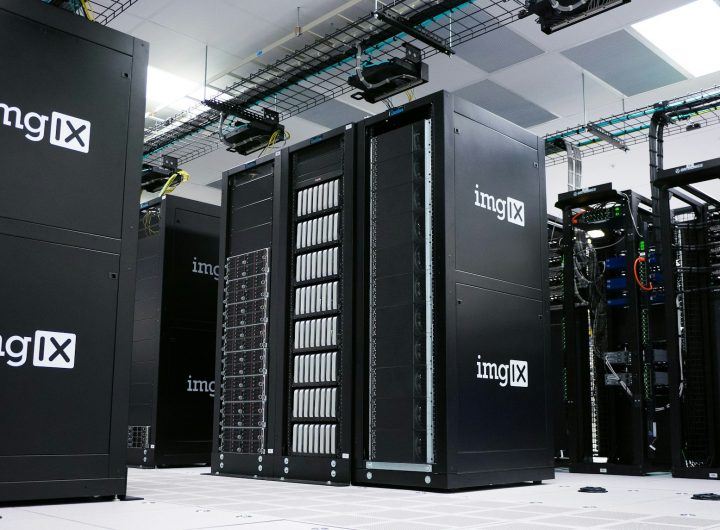
If you’re a T-Mobile user in the United States, you’ve probably noticed a “5G UC” symbol pop up on your phone. While most people are aware that 5G represents the next generation of mobile connectivity after 4G LTE, not everyone knows that there are several different types of 5G — and they can vary significantly in performance. So what does 5G UC actually mean, and how does it compare to regular 5G?
Understanding 5G UC: Ultra Capacity
5G UC stands for “Ultra Capacity” and refers to the faster forms of T-Mobile’s 5G network. It represents either mid-band or mmWave 5G, both of which offer significantly better performance than basic low-band 5G. However, the experience can differ based on where you are, as different frequencies are used across different regions.
The Three Types of 5G
5G comes in three main varieties: low-band, mid-band, and mmWave (millimetre wave). T-Mobile distinguishes its network types with two specific labels — Extended Range (XR) and Ultra Capacity (UC).
-
5G XR (Extended Range) is T-Mobile’s name for low-band 5G. It covers large geographical areas and forms the backbone of the company’s “nationwide 5G” network. Although it offers better coverage than other 5G bands, the speeds are more modest — closer to those of 4G LTE — albeit with reduced latency.
-
5G UC (Ultra Capacity), on the other hand, indicates that your device is connected to either mid-band or mmWave 5G. These are high-performance variants of 5G that deliver much faster data rates and improved reliability, especially in busy or densely populated environments.
Mid-Band and mmWave: The Real 5G Powerhouses
Mid-band and mmWave sit at the opposite end of the 5G spectrum from low-band. These higher frequency bands are capable of delivering real-world speeds approaching 1 Gbps, significantly outperforming 4G LTE. Because of their ability to handle more simultaneous connections, they’re especially valuable in places like city centres, stadiums, and shopping areas.
However, mmWave does have its limitations. It offers the highest speeds but only works over short distances and can be easily blocked by buildings or even windows. For that reason, mmWave is typically reserved for dense urban areas, where it can be supported with the necessary infrastructure.
Mid-band 5G serves as a compromise — faster than low-band, more reliable than mmWave, and capable of covering larger areas. That makes it the most widely deployed form of Ultra Capacity 5G.
Is 5G UC Always Better?
In terms of speed, yes — 5G UC is a significant step up from basic 5G XR. If you see the UC badge on your phone, it means your device is connected to T-Mobile’s higher-speed spectrum. That said, the label doesn’t tell you whether you’re using mid-band or mmWave frequencies — and that distinction matters. While both are fast, mmWave is notably quicker, but far less common due to cost and coverage limitations.
Another point to consider is your device’s hardware. Only some smartphones, particularly flagship models and recent iPhones, can access mmWave. Others, especially mid-range handsets around the $500 mark, will support mid-band 5G but not mmWave. Regardless, 5G UC still guarantees significantly better performance than low-band 5G or 4G LTE.
The Catch: Limited Availability
The main drawback of 5G UC is its availability. Because the infrastructure needed to support higher-frequency bands is expensive and has limited range, UC coverage is mostly restricted to large cities. You can check T-Mobile’s coverage map to see if your area is supported.
Even so, simply seeing the UC logo doesn’t guarantee mmWave access — just that your device is using the fastest network available to it. So while 5G UC is undoubtedly an upgrade over standard 5G, the actual experience will still depend on your location and your smartphone’s capabilities.
 How to Record FaceTime Calls with or without Sound on iPhone, iPad, and Mac
How to Record FaceTime Calls with or without Sound on iPhone, iPad, and Mac  How to Access and Print Your Amazon Receipts Easily
How to Access and Print Your Amazon Receipts Easily  Instagram ‘Challenge Required’ Error – What It Means and How to Fix It
Instagram ‘Challenge Required’ Error – What It Means and How to Fix It  Sony Increases PlayStation 5 Prices in Europe, Australia and New Zealand Amid Economic Turmoil
Sony Increases PlayStation 5 Prices in Europe, Australia and New Zealand Amid Economic Turmoil  Vibrant Designs for All: Download Every Google Pixel Wallpaper
Vibrant Designs for All: Download Every Google Pixel Wallpaper  The Best Family SUVs: Tested, Rated, and Ranked
The Best Family SUVs: Tested, Rated, and Ranked  AWS Receives Final Approval for €15.7 Billion Data Centre Expansion in Aragon
AWS Receives Final Approval for €15.7 Billion Data Centre Expansion in Aragon  Novo Nordisk Shares Plunge After Profit Warning: Mixed Reactions from Analysts
Novo Nordisk Shares Plunge After Profit Warning: Mixed Reactions from Analysts  Volkswagen’s HR Chief Gunnar Kilian Steps Down Amid Internal Disagreements
Volkswagen’s HR Chief Gunnar Kilian Steps Down Amid Internal Disagreements  Construction Begins on 2.5-Million-Kilometre Telescope to Detect Gravitational Waves
Construction Begins on 2.5-Million-Kilometre Telescope to Detect Gravitational Waves